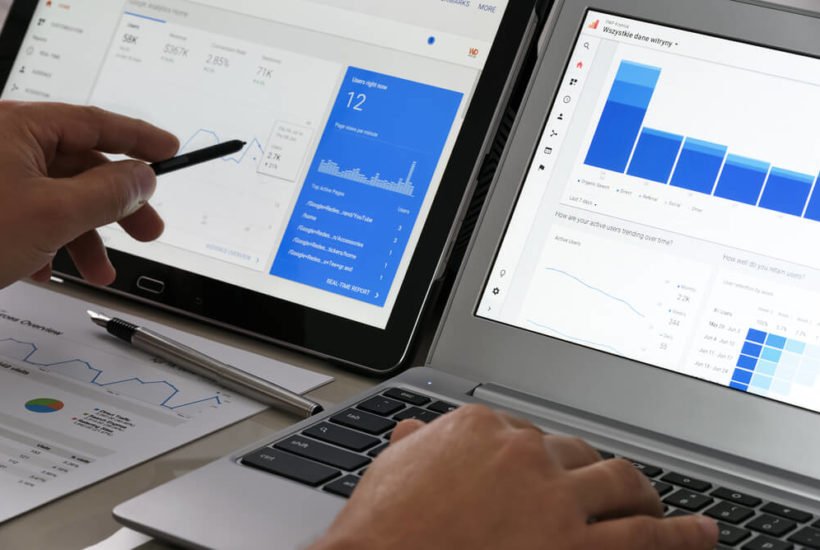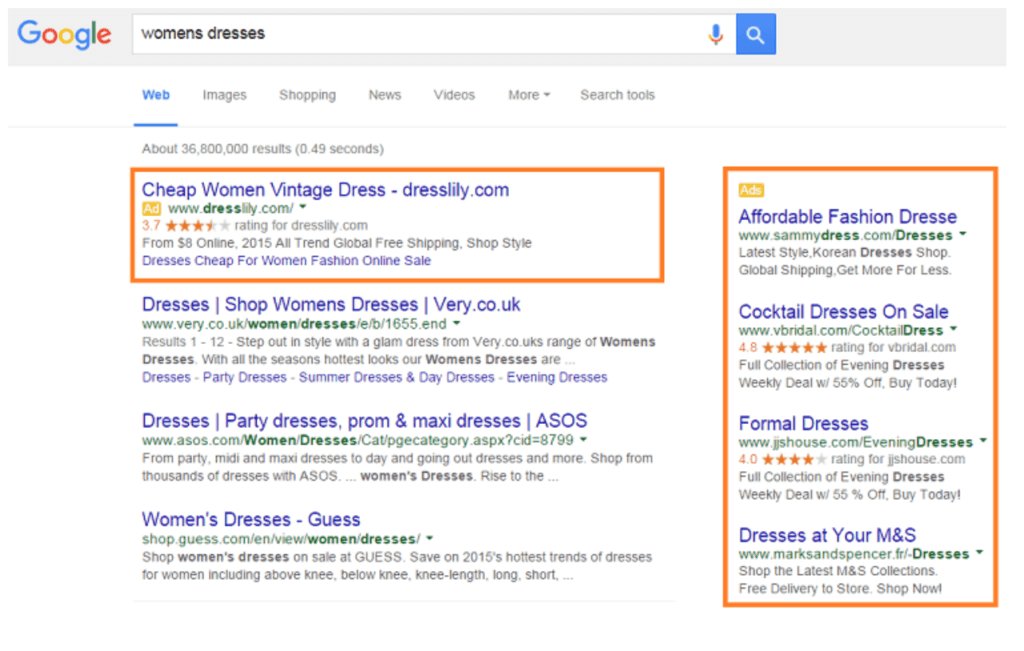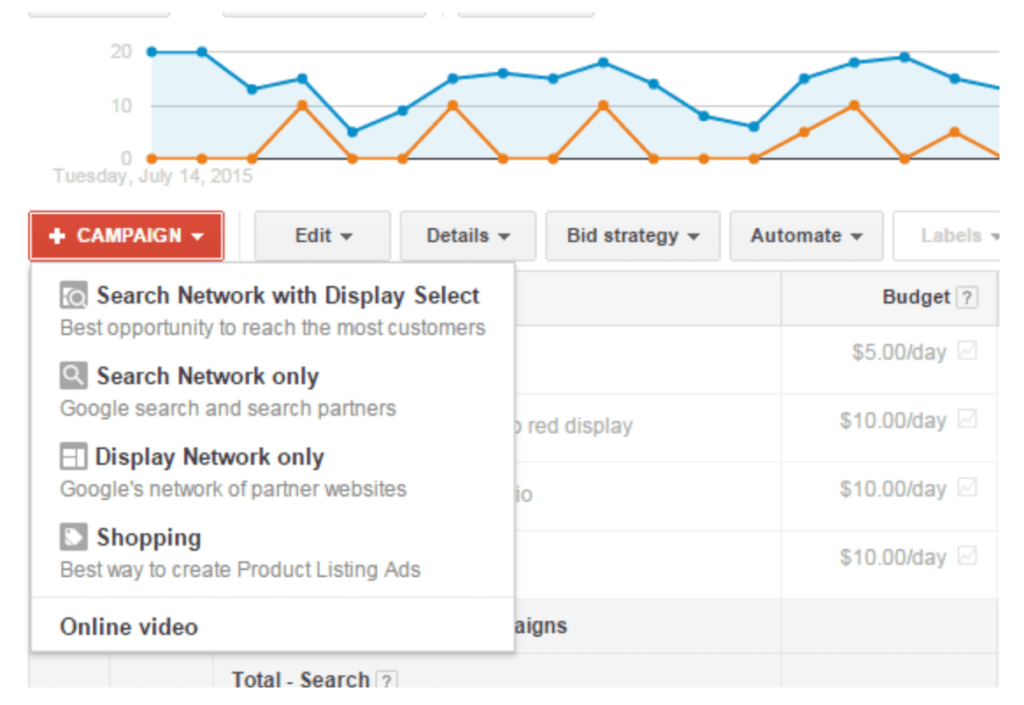Business
How to utilize SEM to get to the top of search results
Here’s how entrepreneurs can use SEM, or search engine marketing to their advantage when it comes to growing their business.

It seems like SEO gets most of the attention when it comes to marketing, but we can’t forget about SEM! Now, what is SEM?
First, let’s go over the basics: SEO stands for search engine optimization. It’s a non-paid effort that centers around optimizing your website and content with words and phrases that people would type into a search engine.
For example, if your e-commerce site sells supplements in Canada, you might utilize a mix of words and phrases including:
- online supplement store Canada
- protein shakes for athletes
- women’s probiotics Canada
- beetroot extract
As you build trust with Google by providing users with high quality, original content, you will hopefully start to naturally rank higher for the keywords you’ve chosen.
Google uses an algorithm to determine which website or page can best answer a user’s query (there are other factors too, including how fast your site is and how long people stay on a page vs. bouncing away after a few seconds).
If you do SEO right, you’ll be rewarded with non-paid or organic traffic, which means people are typing your keywords into the search engine and seeing your website or webpage in the results.
Great! However, SEO takes time.
And, if you’re targeting high-traffic, high-competition keywords, you may never get to the coveted #1 spot in Google.
That’s where e-commerce SEM comes in.
What is SEM?
SEM stands for search engine marketing, also known paid search. The most commonly used paid search tool is Google Ads, so I’m going to focus on that.

By using SEM for your online store, you’re fast-tracking your way to the top of the search results.
The process of using paid search ads (also called PPC, which stands for pay-per-click) as part of your SEM e-commerce strategy includes:
- Targeting geographic areas
- Creating ad campaigns that target that group
- Writing relevant ad copy that will entice and compel your target audience to click on the ad
- Monitoring continually for clicks, impressions, and conversions
You’ll be able to see what the keywords you want to target will cost per click (CPC) in Google Ads.
The cost of your e-commerce SEM depends on how popular a keyword is, and which position you’d like your ad to appear in the paid results.
For example, targeting a keyword such as “women’s red high heels” for your eCommerce shoe store is going to cost you less than “women’s shoes.”
When using SEM for your online store, you can set a budget per day, per campaign and per keyword so you don’t end up with any surprises!

Google Ads lets you target whatever audience you’d like, from time zone to language preference.
You can have your ad appear at certain times, choose keywords you don’t want your ad showing for, adjust bids for each keyword and more.
The success of your SEM online store strategy depends on a number of factors, not just how much you’re willing to pay for each click.
Like I mentioned above, crafting compelling ad copy that entices visitors to click on your ad and monitoring results is a big part of the process.
If you don’t have valuable content or a clear call to action on your website when a visitor lands, you’re not going to get very far.
Moreover, if you’re not constantly tweaking campaigns and analyzing data, you’re wasting your e-commerce SEM budget on unqualified clicks.
It’s not a battle between SEO & SEM
Search engine marketing isn’t an either/or game. SEO is still important when you’re focusing on an SEM e-commerce strategy, and vice versa.
An effective SEO/SEM campaign will mean lower costs and higher visibility in Google. If you don’t spend time on SEO and your site takes forever to load, you’re going to waste money on e-commerce SEM.
People are going to click on your ad but not stick around waiting for a website to slowly load. If people are clicking on your ad and quickly leaving your site, Google will lower your Quality Score and raise your CPC.
SEO is a long-term strategy that can help you increase leads and sales. Using SEM can help you get results fast, but remember you’re paying for that traffic. If you can appear in more searches organically, you can reduce your SEM efforts or focus on new paid keywords to boost other areas of your business.
(Featured image by WDnet Creation via Shutterstock)
—
DISCLAIMER: This article expresses my own ideas and opinions. Any information I have shared are from sources that I believe to be reliable and accurate. I did not receive any financial compensation for writing this post, nor do I own any shares in any company I’ve mentioned. I encourage any reader to do their own diligent research first before making any investment decisions.

-

 Cannabis2 weeks ago
Cannabis2 weeks agoRemexian Wins Legal Battles Amid German Cannabis Licensing Dispute
-

 Impact Investing3 days ago
Impact Investing3 days agoHigh Awareness, Low Adoption: The VSME Challenge for European SMEs
-

 Fintech1 week ago
Fintech1 week agoItaly Issues First Natively Tokenized Minibond on Public Blockchain
-

 Fintech1 week ago
Fintech1 week agoN26 Hires UBS Executive to Lead Turnaround Amid Regulatory Pressure















